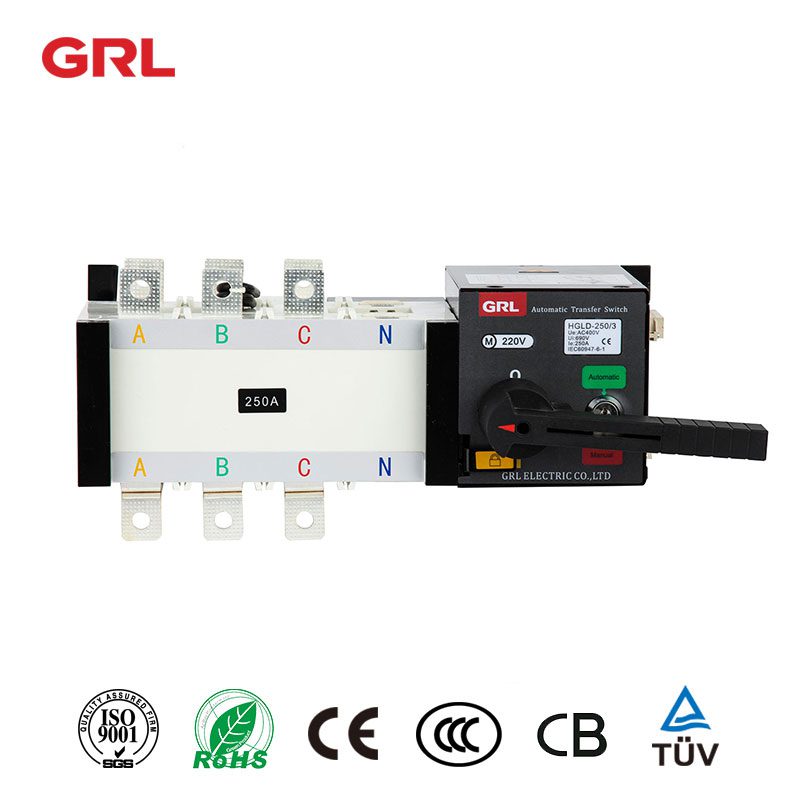
# Automatic Transfer Switch: Ensuring Uninterrupted Power Supply
## What is an Automatic Transfer Switch?
An Automatic Transfer Switch (ATS) is a critical component in power management systems that ensures seamless transition between primary and backup power sources. These devices automatically detect power failures and switch the electrical load to an alternative power source, such as a generator or battery backup system, without manual intervention.
## How Does an ATS Work?
The operation of an automatic transfer switch follows a straightforward yet efficient process:
– Continuous monitoring of the primary power source
– Immediate detection of power outages or voltage fluctuations
– Automatic disconnection from the primary source
– Connection to the secondary power source
– Continuous monitoring for primary power restoration
– Automatic reconnection to primary power when stable
## Key Benefits of Automatic Transfer Switches
### 1. Uninterrupted Power Supply
The primary advantage of an ATS is its ability to maintain continuous power to critical systems. This is particularly important for:
– Hospitals and healthcare facilities
– Data centers and IT infrastructure
– Industrial manufacturing processes
– Emergency services and security systems
### 2. Enhanced Safety
Automatic transfer switches eliminate the need for manual switching during power outages, reducing the risk of:
– Electrical accidents
– Equipment damage from improper switching
– Human error in critical situations
### 3. Improved Equipment Protection
By ensuring smooth transitions between power sources, ATS devices protect sensitive equipment from:
– Power surges
– Voltage fluctuations
– Complete power loss
## Types of Automatic Transfer Switches
### 1. Open Transition ATS
Also known as “break-before-make” switches, these devices completely disconnect from the primary source before connecting to the backup source. This brief interruption (typically 1-3 seconds) is acceptable for most applications.
### 2. Closed Transition ATS
These “make-before-break” switches momentarily connect both power sources during transfer, eliminating any power interruption. This is essential for ultra-sensitive equipment.
### 3. Delayed Transition ATS
Designed for specific applications where immediate transfer might cause issues, these switches incorporate a programmed delay before switching to the backup source.
## Choosing the Right ATS for Your Needs
When selecting an automatic transfer switch, consider these factors:
– Power requirements of your facility
– Criticality of continuous power
– Type of backup power source (generator, UPS, etc.)
– Environmental conditions
– Compliance with local electrical codes
Keyword: Automatic Transfer Switch
## Maintenance and Testing
To ensure reliable operation, ATS units require:
– Regular inspection of electrical connections
– Testing of automatic switching functionality
– Cleaning of contacts and components
– Verification of monitoring systems
## The Future of Automatic Transfer Switches
Modern ATS technology is evolving with:
– Smart monitoring capabilities
– Integration with building management systems
– Advanced diagnostics and predictive maintenance
– Improved energy efficiency features
Automatic transfer switches play a vital role in modern power infrastructure, providing the reliability and safety needed in today’s power-dependent world. By understanding their operation and benefits, facility managers can make informed decisions to protect their critical systems from power interruptions.